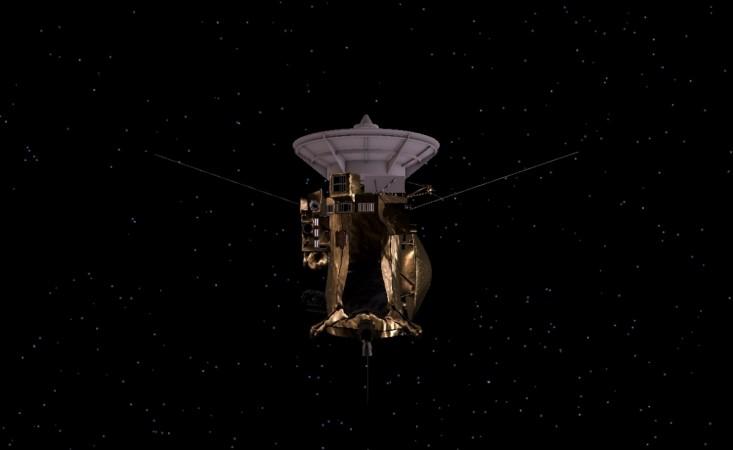
NASA's spacecraft Cassini has begun its journey to get upclose with unexplored parts of Saturn's ring, and it will end its mission after almost 20 years of stay in space. The spacecraft will take a death plunge next year after the ring-grazing orbits.
Cassini started the ring-grazing orbit on November 30 to study Saturn's rings and moons. It will circle the planet's poles, diving through the rings 20 times till April 22, 2017 before taking its final death plunge into the planet to protect its moons.
[READ: NASA's spanking new space telescope will need some seriously cosmic assembly]
The spacecraft begun its ring-grazing orbit using Titan's gravity and it will orbit in an elliptical (egg-shaped) manner inclined about 60 degrees from Saturn's ring plane.
"The first Ring-Grazing Orbit begins on Nov. 30 with a ring plane crossing five days later on Dec. 4. The spacecraft will repeat this feat 20 times, with only about a week between each ring-plane crossing. Those orbits end with the spacecraft's final close Titan flyby, T-126 in April, at which point Cassini enters a series of even more daring Grand Finale Orbits," wrote NASA.
Cassini timeline:
1980s: Development for the Saturn orbiter, Cassini begun during this time. It was named after Italian-French astronomer Giovanni Domenico Cassini, who discovered Saturn's ring divisions.
1997: The robotic spacecraft was launched along with Huygens (Titan orbitor) on October 15, 1997 from Cape Canaveral Air Force Station's Space Launch Complex 40.
1998: It made a flyby venus on April 26, getting about 176 miles (284 km) from the planet's surface. It performed another flyby on June 24 in the same year.
2000: On December 30, the spacecraft got closest to the planet at a distance of 6.2 million miles (10 million kilometers).
2004: Cassini found two new moons -- Methone and Pallene. It became the first spacecraft to orbit Saturn on July 1.
2006: Scientists announced that there is evidence of water in the Enceladus moon.
2008: Cassini completed its primary objective on July 30, 2008 but the mission was extended to 2010.
2009: The spacecraft studied the planet's system during equinox that happened in August.
2010: NASA extended Cassini's mission by more than six years.
2016: The spacecraft began ring-grazing orbit on November 30.
2017: Cassini will be destroyed in April by sending it towards Saturn.
(Source: NASA)

















